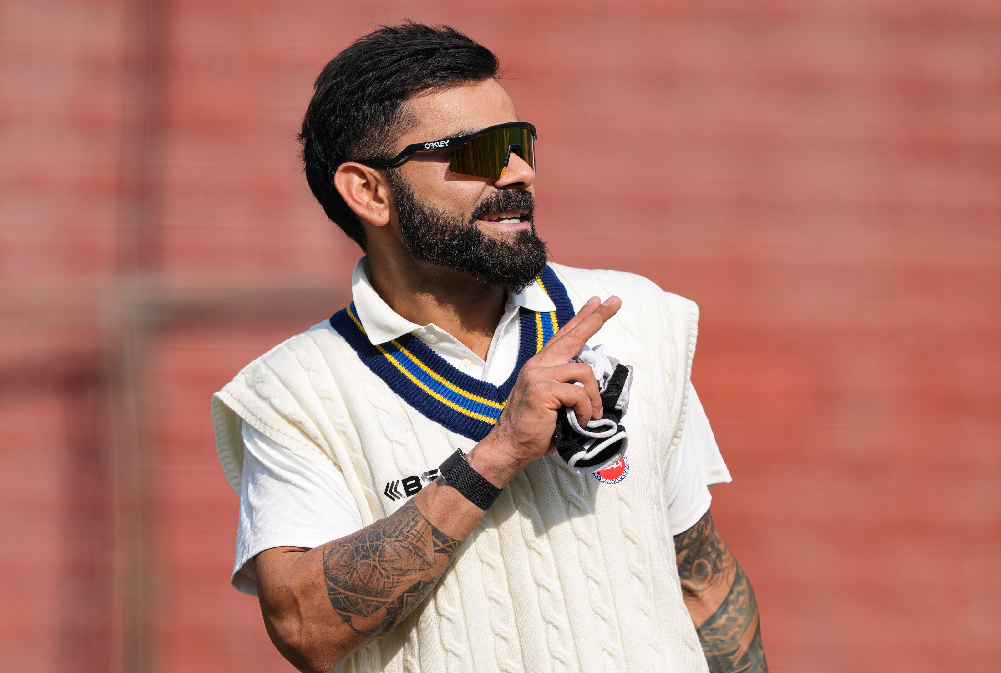
Ideological Continuity, Taking or Ditching Allies at Will, Young Leaders of the Past at Helm
Shekhar Gupta
The BJP’s 43rd birthday saw much written about the party around which all of India’s politics dances. The more important landmark, however, is that the party’s second consecutive government is entering its last year. By this time next year, a couple of rounds of voting will already have taken place.
As things stand today, despite all the frenetic activity on the part of the opposition parties, the BJP would look to be in a near-impregnable situation. This isn’t a privilege it ever had under its founders. It is still very much the party they had founded from the ashes of the Janata Party, but much has changed and evolved under Narendra Modi, Amit Shah, and now J.P. Nadda, too. It’s a good time to see how similar this 43-year-old is to the party L.K. Advani and Atal Bihari Vajpayee founded, and how it has changed.
The first thing that hasn’t changed is ideological cohesion. The founders stayed mostly true to the RSS (let’s say Sangh) ideology. While they drew in much talent from outside, as the Modi-Shah team has done under NDA-2, the top party leaders all came from the same ideological nursery. This includes the presidents, key general secretaries, even most (not all) of the state chiefs. This leadership is equally close to the ideas of the RSS.
There are many differences too, though you could argue that these also reflect the reality of numbers. Because the founders never had a majority. With the need to keep a diverse coalition together, they had to put some of the essential elements of their ideology on the backburner — the special status of Kashmir (Article 370), the Ram Temple, and the Uniform Civil Code being the most prominent.
Their successors won a majority and realised the first two quickly. The third is being done through salami-slicing. Triple Talaq was the beginning; the minimum age of marriage and polygamy, we can be sure, are on the way. The fact that the founders recreated an ideological party subsumed and lost in the 1977 Janata Party experiment is creditable by itself.
Of the five major constituents that merged to form the Janata Party — the Bharatiya Jana Sangh, the Indian National Congress (O), the Socialist Party, the Bharatiya Lok Dal (led by Charan Singh) and Babu Jagjivan Ram’s Congress for Democracy (CFD) — there was just one that not only survived but emerged in a new avatar. That was the BJP. All others fell by the wayside and some elements morphed into state-specific, caste-based parties (via the Janata Dal), such as the Samajwadi Party (Mulayam) and the RJD (Lalu).
The socialists were finally reduced to George Fernandes and now Nitish Kumar’s JD(U) in Bihar. The Janata Party’s fate is truly summarised in that immortal 1948 duet in the voices of Mohammed Rafi and Suraiya: ek dil ke tukde hazar huye, koi yahan gira, koi wahan gira (this heart broke into a thousand pieces and scattered across the land). Only one of these parties pulled itself up and now rules us with power without comparison in our history.
Not even in Indira Gandhi’s heyday. And a clear ideology was a big reason the Jana Sangh was reborn unscathed as the Bharatiya Janata Party (BJP). But if ideology was such an effective glue, it was also baggage as it deterred others from joining hands, much as they all detested the Congress and the Gandhi dynasty. That remained the BJP’s biggest challenge. And if Modi and Shah are so successful now, they need to thank the founders, especially Vajpayee, for ridding the party of its untouchability in the opposition space.
The big move was offering support to V.P. Singh’s government to deny power to the Congress under Rajiv Gandhi, although it was by far the largest party. It isn’t a political event adequately appreciated now, but the BJP’s support — if short-lived — to a Left-leaning combination it was so sharply at odds with ideologically began the dilution of that untouchability. It was also realpolitik, as the best way to weaken the Congress was to keep it away from power. How much of a challenge it was is evident from the anti-BJP coalitions the Congress later helped in power.
From Chandra Shekhar (1990- 91) to H.D. Deve Gowda (1996-97) and I.K. Gujral (1997-98). It was very simple to justify that on the argument of keeping ‘secular’ forces together and ‘communal’ ones out. For Advani and Vajpayee to make common cause with some of the same forces subsequently was a much bigger achievement. Mamata Banerjee, Chandrababu Naidu, Naveen Patnaik, Ram Vilas Paswan and the Abdullahs of Kashmir, among others, joined their coalition, besides their natural allies such as the Shiromani Akali Dal and the Shiv Sena. That ended their political untouchability.
The difference now is that the BJP has becom
 English daily published in Bengaluru & Doha
English daily published in Bengaluru & Doha






